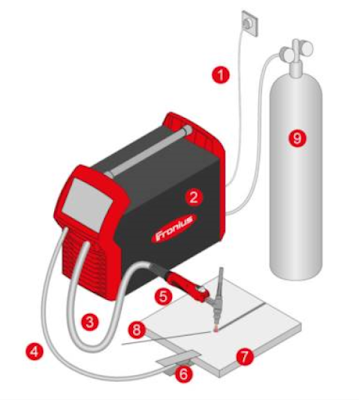The
intention of this article is to provide knowledge to general users with simple
actionable works. To understand requirements, without going in to details of
theoretical concepts, scientific and engineering analysis.
Concreting
continuous throughout the year in construction industry but doing concreting in
any extreme weather is a biggest challenge. Doing concreting in cold weather we
don’t have much problem since concrete hardening being an exothermic reaction
during cold weather.
 To
protect concrete from heat, common understanding of using chilled water is
there or alternate is to do concreting in night shift. But with higher
temperature in most part of the day, such strategy does not work for a durable
concrete. General understanding in which concrete evaporates more than
1Kg/Sqm/Hr water. It is perfect time to
have a deep look in understanding hot weather concreting during summer.
To
protect concrete from heat, common understanding of using chilled water is
there or alternate is to do concreting in night shift. But with higher
temperature in most part of the day, such strategy does not work for a durable
concrete. General understanding in which concrete evaporates more than
1Kg/Sqm/Hr water. It is perfect time to
have a deep look in understanding hot weather concreting during summer.
Care during Designing
Care during Concrete Production
Care during Transportation
Care during Pouring
Care during Finishing surface and
Care during Curing
Care
During Designing
Summer
Concrete Shall be deigned with low heat of hydration materials.
PPC
or Slag Cement, Low heat cement will help in many ways to have a good concrete
with lower rate of reaction
Good
quality Admixtures especially Polycarboxylic ether (PC) based can help to
maintain good workability for relatively longer time and can also slowdown
evaporation of water from concrete
Concrete
shall be designed for the atmosphere in which the concreting is going to happen. (Maximum permissible fresh Pour Concrete is 35 Degree)
Care
during Concrete Production
Care
shall be taken to keep the fresh concrete temperature as lower as feasible. It
is easier to care for fresh concrete rather than placed concrete
Mixing
system shall not induce more heat and preferably insulation of mixing system
shall be done
Cement
(Bags) shall be stored in shaded area for sufficient time
Coarse
aggregates shall be sprinkled with cold water
For
Fine aggregates sprinkling of water if done shall be stopped couple of hour
early to reduce moisture variation
For
Higher temperature reduction, ice flakes shall be used
If
ice flakes used shall be mixed with weighment to maintain the water cement
ratio in line with design mix
Use
of Liquid nitrogen is an option (Not Cost Effective and not feasible due to
practical reasons)
Care
during Transportation
Transportation
time shall be kept minimum as much as possible (Batching location should be
very nearer)
Transit
Mixer drum shall be insulated to reduce the heat gain during transportation
Hessian
cloth shall be used as an insulation material
Care
during Pouring
During
Pouring of concrete, pump pipe lines should be insulated to reduce temperature
gain.
Dense
Hessian cloth with sponge layer wrapping followed with wetting chilled water
shall be done
Temporary
shed shall be used for direct exposure to sun and wind. If shed is not feasible
at least covering with thick plastic sheet shall be covered for shuttering and
reinforcement before and during the concreting
Concrete
pour area shall be water sprinkled (If Feasible) to cool shuttering and
reinforcement. Care shall be taken that there is no standing water anywhere.
Care
during Finishing surface
Late
finishing shall be done before concrete starts being in semi plastic state
Evaporation
reducing admixtures shall be used
Fogging
of Concrete surface can be done during concrete green stage
Care
during Curing. (Post Initial Set, Hardening of Concrete)
Once
concrete can take a person’s weight, it is understood that concrete has initial
set
Mist
sprinkling of water can be done with a cover of hessian cloth
Water
curing can continue either by ponding or intermittent watering surface
Time
of form removal and start of curing is an important factor. Curing shall start
with in 45 minutes of form removal
In
short, Mass concreting during summer requires a detailed analysis, review and
action plans for concrete care.




































